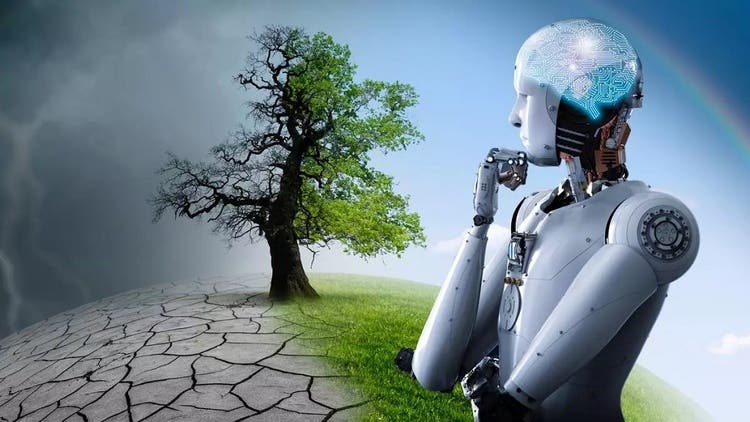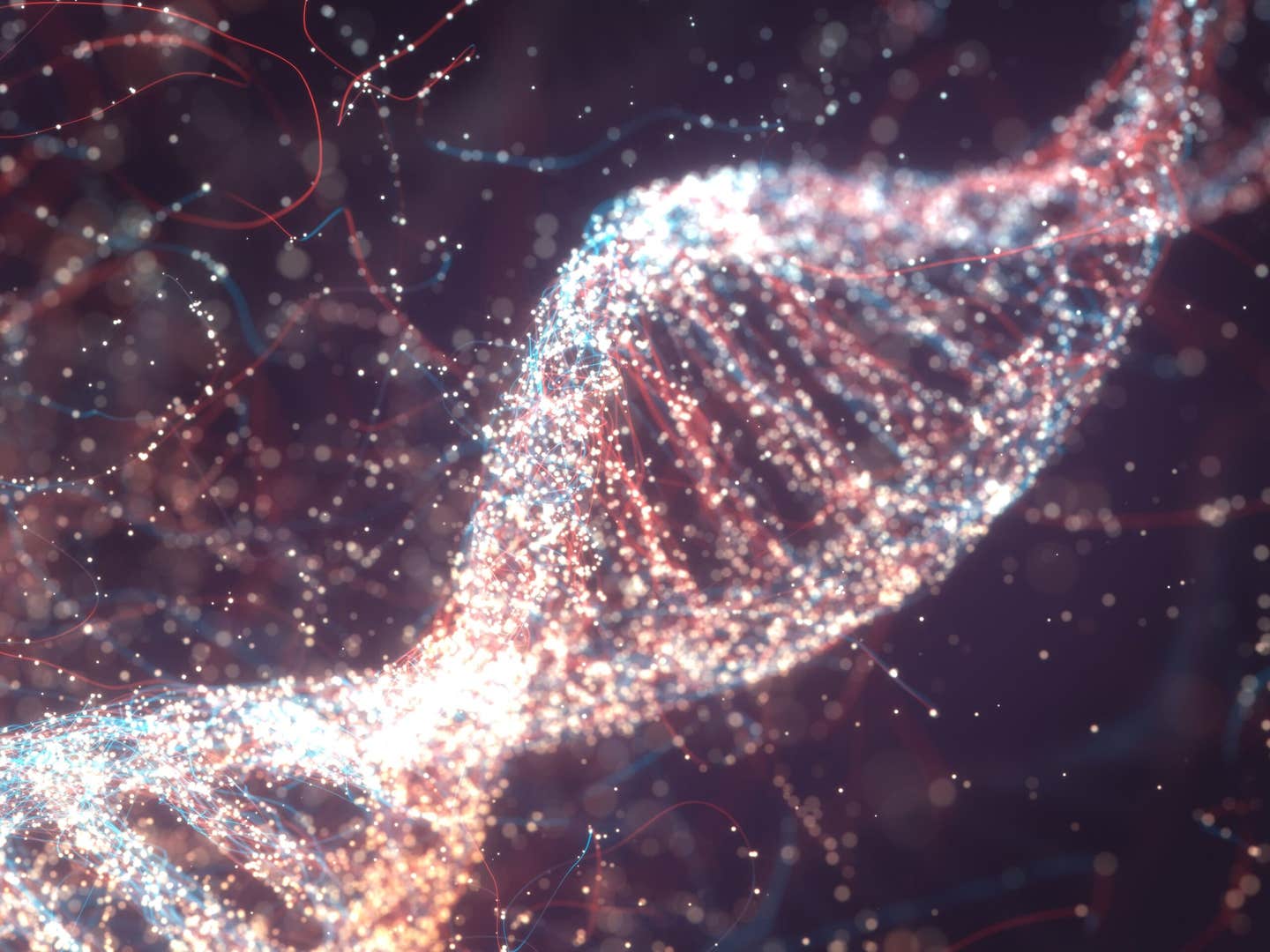The Hidden Environmental and Social Impacts of Generative AI
A new study uncovers how generative AI harms the planet and workers, and calls for urgent reforms to make it sustainable and fair.

Study reveals GenAI’s hidden toll on nature and workers, urging ethical AI development. (CREDIT: Shutterstock)
As artificial intelligence grows more powerful, it brings with it more than just smarter tools and faster results. Generative Artificial Intelligence, or GenAI, which includes technologies that create text, images, and videos, has quietly become part of everyday life. However, its growing impact on the environment and society deserves far more attention than it has received.
A group of researchers from major U.S. universities, such as Harvard, recently examined the hidden costs of GenAI. Their work, published in Environmental Science and Ecotechnology, calls for immediate change to protect both the environment and human rights. The message is clear: as GenAI becomes more advanced, it must also become more responsible.
Environmental costs add up fast
Training a GenAI system requires massive computing power. To support this, tech companies build and run giant data centers filled with specialized computer hardware. These machines depend on rare materials like cobalt and tantalum, which must be mined from the earth. Mining often damages ecosystems. Forests are cleared, water sources are contaminated, and soil becomes unusable.
The cost doesn’t stop at the mine. Running data centers demands enormous amounts of electricity. According to the study, data centers that power GenAI are expected to use more than 8% of all U.S. electricity by 2030. That’s nearly one in every twelve kilowatt-hours used nationwide. This rising energy demand puts pressure on local power grids and increases greenhouse gas emissions.
In addition, the short life cycle of AI hardware leads to tons of electronic waste. As companies race to upgrade their systems, they discard old devices at an alarming rate. This e-waste adds to pollution problems worldwide, especially in places without proper recycling systems.
Unfair labor fuels the system
The development of GenAI also brings serious social concerns. The rare metals used in AI hardware are often mined in low-income countries, sometimes by children or workers in unsafe conditions. Cobalt mining, for example, has been linked to child labor and dangerous underground tunnels in parts of Africa. These workers earn little while taking on serious health risks.
Related Stories
After the hardware is built, AI systems need to be trained. This process relies on large sets of labeled data, much of which is prepared by human workers. Many of these workers are underpaid and live in countries with few labor protections. Their job is to review content, sort data, or rate AI responses—work that is essential but often invisible.
Beyond labor, GenAI also deepens the gap between rich and poor countries. The most advanced AI tools tend to favor languages like English and are mostly developed in wealthier nations. This leaves out large parts of the world and makes it harder for people in underserved communities to benefit from the technology.
Who gets to decide?
As GenAI grows, decisions about its design, use, and impact are made by a small number of powerful companies and governments. The researchers warn that this kind of control without accountability can lead to even more unfair outcomes. They stress the need for inclusive governance that gives voice to a wider group of people.
One of the report’s key recommendations is transparency. Developers and policymakers should be required to share data on GenAI’s environmental and social costs. This includes energy use, material sourcing, labor practices, and more. Public reporting would allow watchdog groups, journalists, and the general public to hold companies accountable.
Another suggestion is to adopt greener practices. This could involve designing hardware that lasts longer, using renewable energy to power data centers, and developing algorithms that require less energy to train. While some companies have already made steps in this direction, the researchers say much more is needed.
A call for global responsibility
“This study sheds light on the hidden costs of GenAI and calls for collective action to address them,” said lead author Mohammad Hosseini. The research offers a roadmap for how societies can respond.
Some proposed solutions include better working conditions for people in AI supply chains, fair pay for data labelers, and more investment in AI tools that support underserved languages and communities. These changes won’t come easily, but they are necessary to make GenAI work for everyone—not just those who already hold power.
As the technology becomes more common, the choices made today will shape the world tomorrow. If the right steps are taken now, GenAI could help solve some of the world’s hardest problems. But if these challenges are ignored, the same technology could deepen divides and damage the planet further.
The path forward is complex, but not impossible. It starts with awareness and leads to action.
Note: The article above provided above by The Brighter Side of News.
Like these kind of feel good stories? Get The Brighter Side of News' newsletter.
Mac Oliveau
Science & Technology Writer | AI and Robotics Reporter
Mac Oliveau is a Los Angeles–based science and technology journalist for The Brighter Side of News, an online publication focused on uplifting, transformative stories from around the globe. Passionate about spotlighting groundbreaking discoveries and innovations, Mac covers a broad spectrum of topics—from medical breakthroughs and artificial intelligence to green tech and archeology. With a talent for making complex science clear and compelling, they connect readers to the advancements shaping a brighter, more hopeful future.



